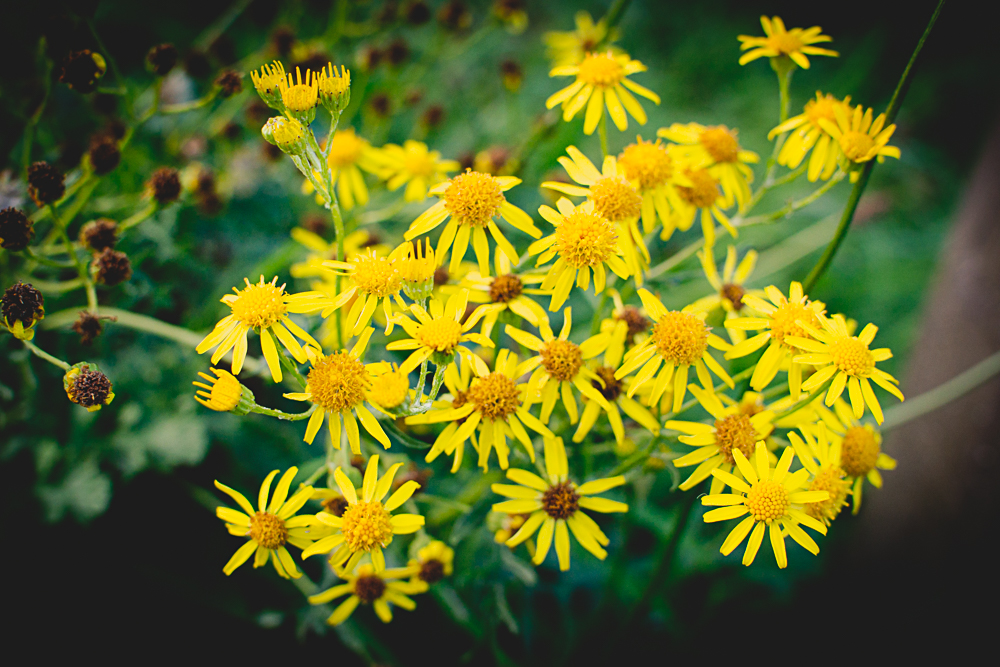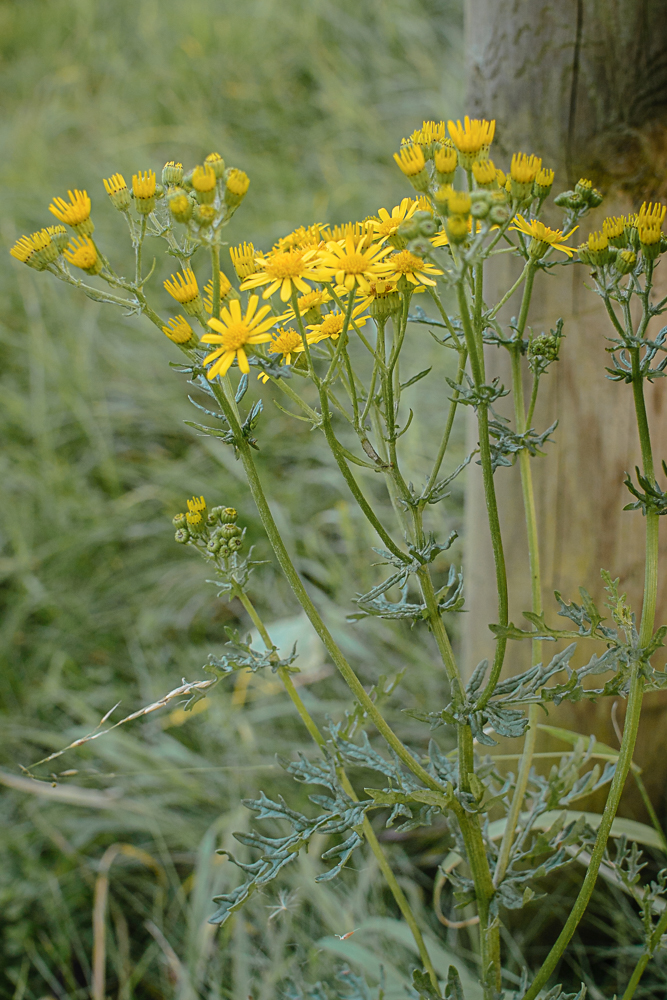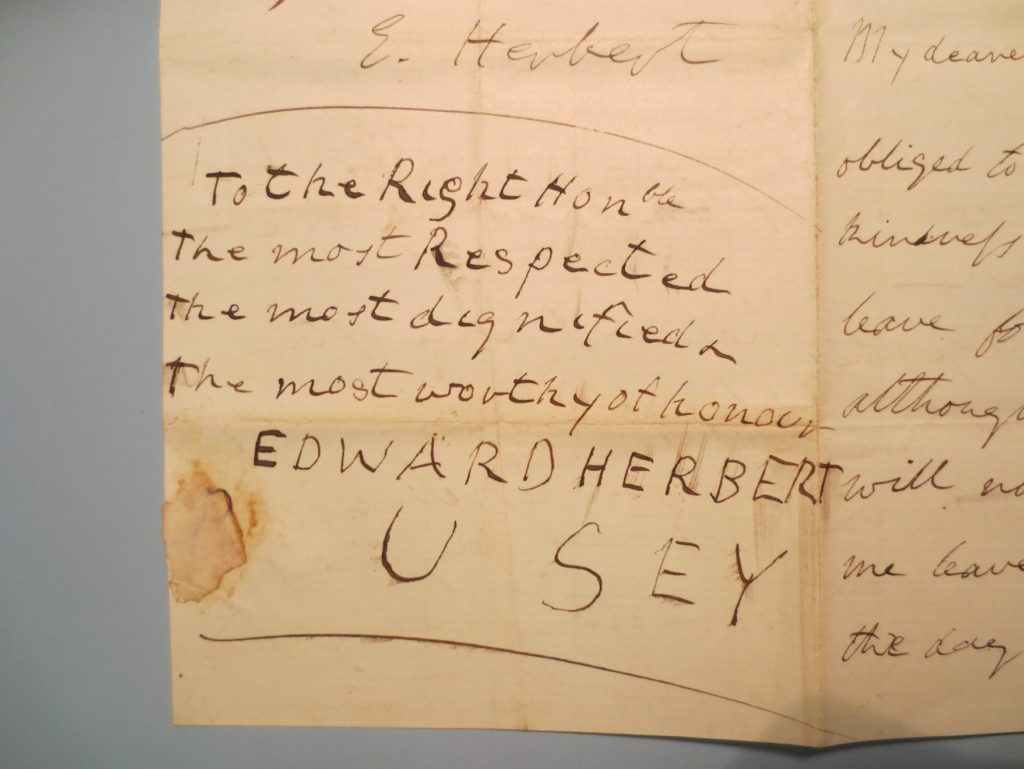Nearly a quarter of the 17,000 specimens in the Eton Natural History Museum collections are dried and pressed flowers. Our herbarium dates back mostly to the 1830s and it represents an amazing record of plants, many of which used to be common but have since become rarities, or even extinct. Some plants, however, have increased their numbers over the years and have even become troublesome. One such plant is the group of daisies known as Ragworts.
At the end of August this year, the College made hay on its local meadows. One of the prettiest flowers in the fields is Ragwort, with its bright yellow flowers. Before the hay can be cut, the Eton groundsmen make sure that they pull out all the Ragwort, a really laborious process. The reason is that it is highly toxic to livestock. Fortunately, horses and most other grazers will not eat the living plant but they will after it has been cut and dried out. The plant is said to be responsible for half the stock poisoning incidents in Britain and in sufficient quantities it can and does cause fatal liver damage. However, there is one moth, the Cinnabar Moth, whose black and yellow caterpillars eat Ragwort with relish and use the poisons it contains to protect themselves from bird attack by making themselves particularly distasteful.
One species of Ragwort is known as Oxford Ragwort. Old Etonian Sir Joseph Banks, the founder of Kew Gardens and botanist on Captain Cook’s first circumnavigation, first noticed it growing in the Oxford University Botanic Garden in the 1770s. Its natural habitat is the volcanic rock around Mount Etna, but somehow it found its way to Oxford. Its downy seeds soon escaped the gardens and eventually made its way to Oxford railway station by the1830s. From there it grew easily on the clinker of railway tracks and has spread, carried along by the slipstream of trains and courtesy of the Great Western Railway, to every part of urban Britain where it likes to grow on any waste ground.
Photos courtesy of Karen Phillips at Taste’s Deli, Eton High Street.




